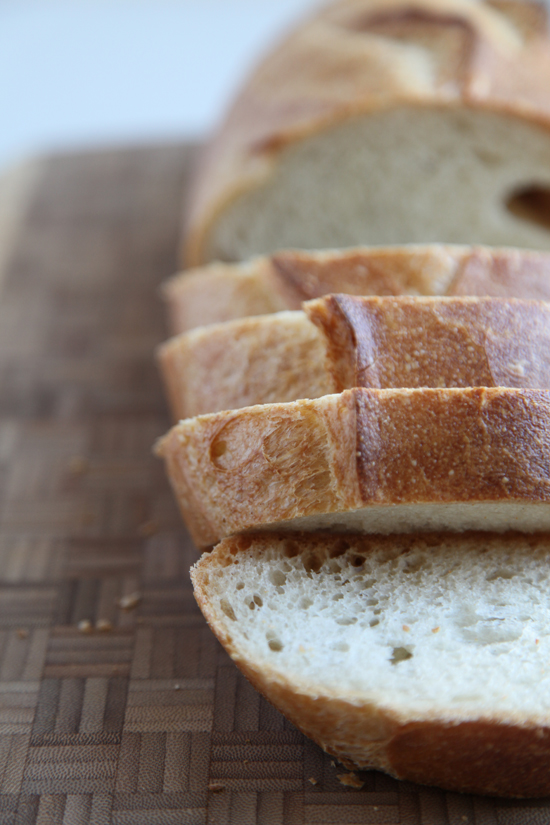Which one to choose? New research suggests a component of E. coli may make the apple the more tempting option.
The study researchers found that placing a small, detoxified amount of E. coli in the guts of mice led to an increase in levels of leptin – known as the “satiety hormone.”
Within 7 days of the increase, the number of sweet taste receptors on the rodents’ tongues reduced, diminishing their appetite for sweet foods.
Study co-author Dr. Lynette McCluskey, of the Department of Neuroscience and Regenerative Medicine at the Medical College of Georgia at Augusta University, and colleagues believe their findings may one day offer a new approach to combat the obesity epidemic, which is largely driven by sugary food intake.
The researchers are due to present their findings at the Association for Chemoreception Sciences Annual Meeting in Bonita Springs, FL.
LPS reduced sweet tastes but left other tastes intact
For their study, Dr. McCluskey and colleagues focused on a specific part of E. coli bacteria, known as lipopolysaccharide (LPS).
LPS forms a part of the outer membrane of almost all gram-negative bacteria, and it is known for inducing strong immune responses in animals and humans. A detoxified version of LPS from E. coli and other bacteria found in the human gut is often used in vaccines in order to strengthen immune system response.
But Dr. McCluskey notes there is much more to LPS when it comes to its role in the gut, as she and her colleagues found out with their new study.
When the researchers analyzed mice that ingested a small dose of LPS from E. coli, they found that within 15 days, it led to a rise in the hormone leptin, which is known to reduce appetite and lower cravings for sweet foods.
Within a week of the increase in leptin, the researchers identified a reduction in the number of sweet taste receptors on the tongues of the rodents. What is more, the mice did not demonstrate a longing for sweet foods, though their yearning for salty foods and other tastes was untouched.
The dampened cravings for sweet treats, however, faded after 7 days.
But what drives the association between LPS in the gut and reduced sweet cravings?
LPS reduces sweet cravings through leptin, TLR4 receptors
The team notes that leptin, which is made by fat cells, is found in both the gut and the brain, and previous studies have shown that the hormone travels to the taste buds, binding with receptors and curbing the taste for sweets.
In their study, the researchers further reaffirmed the role leptin plays in the association between gut and taste; on giving LPS to mice that had their leptin receptor blocked, they identified an increase in cravings for sweet foods.
Fast facts about taste
- We are born with around 10,000 taste buds, though some people will start to lose taste buds after the age of 50
- Taste buds are situated on the tongue, roof of the mouth and lining of the throat
- Up 15% of adults have problems with their ability to taste or smell.
Additionally, the team found that directly exposing the taste buds of mice to LPS had no impact on taste; LPS had to be ingested in order to influence sweet cravings.
Furthermore, they suggest that LPS targets toll-like receptor 4 (TLR4) – a receptor present on the surface of gut cells, taste cells and immune cells – to dampen sweet receptor genes in taste buds, reducing sweet cravings.
When LPS was given to mice that lacked TLR4, the rodents showed no decrease in their appetite for sweet foods.
While this research has shed some light on how gut bacteria may influence taste, the researchers say there is much more to learn. For example, they want to find out whether LPS directly targets leptin, as well as uncover exactly what drives the increase in this hormone.
“There may be other gut hormones involved as well, but we know that leptin works,” says Dr. McCluskey.
They also want to find out why it takes a week in order for leptin to trigger a reduction in sweet cravings, as well as why the effect appears to diminish within a week.
The team also plans to investigate the effect of a small dose of LPS daily on sweet taste, as well as monitor the effect of selectively blocking TLR4, in order to confirm the role it plays in the gut-taste association.
In the meantime, however, the researchers believe their study offers “proof of principle” that slightly altering an individual’s gut bacteria may help to reduce unhealthy consumption of sweet treats, paving the way for a new strategy to tackle obesity.
Earlier this year, Medical News Today reported on a study that suggests training our taste buds to become more sensitive to the taste of fat could help reduce intake of fatty foods.
Source: How E. coli could help tackle those sweet cravings : Medical News Today





